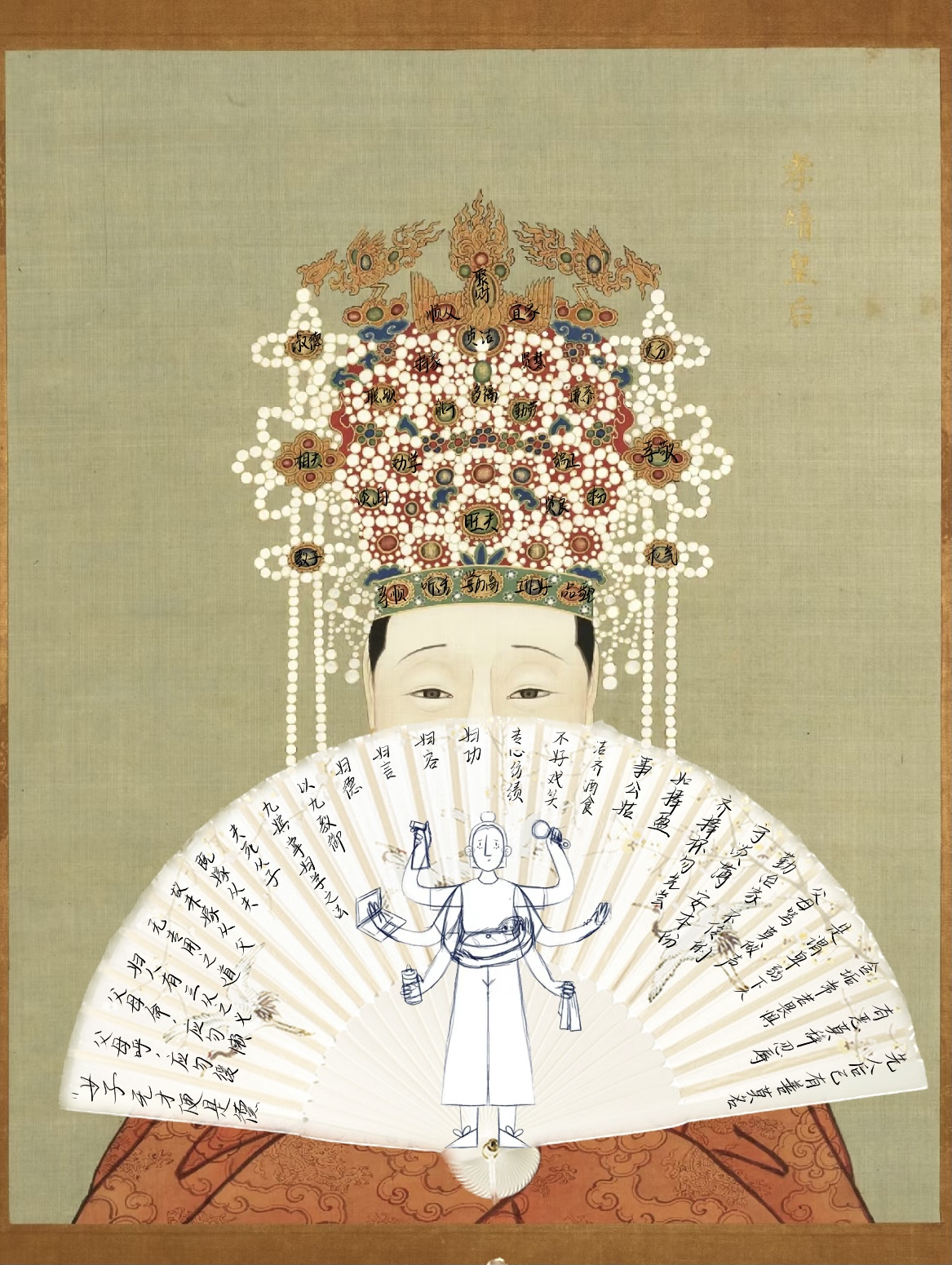A Good Woman by Liming (Evelyn) Huang
I got the idea of my work from complaints and grumblings coming from the men in my surroundings—those older than myself and my peers. Their collective sentiment held that the tides of time had ushered in an era where women, in their eyes, enjoyed a cornucopia of privileges. Yet, societal evolution has indeed transpired, but the metamorphosis remains far from comprehensive.
The irrefutable truth is that women, despite the veneer of progress, continue to grapple with persistent inequities within the workplace. Achieving parity in stature and respect within their own households hinges precariously on their capacity to get incomes commensurate with their husbands.
Moreover, one irksome paradox that this exploration unearthed is the contradictory dualities of societal expectations. In accordance with familial pressures, society impels young women to marry and have babies at the earliest juncture. Yet, the corporate sphere stands as an antithesis, where pregnant women encounter systematic discrimination, and the hunt for rationalizations to unceremoniously cast them aside persists.
The project also unearthed the perennial expectations that women are born with the responsibility of doing all the chores. The idea, “The job of women is to take care of the whole family,” resonates resolutely, imposing upon women a disproportionate burden. The absurdity of this paradigm manifests when a man gains praise for washing a dish, while a woman meets with reproach when forgetting to wash a dish.
This work embodies a fusion of both plagiarism and originality. In the plagiarism aspect, I borrowed Ban Zhao’s words verbatim, wrote them onto the fan picture, and combined images of Empress Xiaojing’s portrait with the work of Gio Borgers. Additionally, I excerpted essays from Chinese sociology scholars regarding the evolving social status of women in China and incorporated survey data on women’s housework hours and income conditions into my text.
But at its core, the idea stems from my own experiences and observations of women in China. It becomes apparent that not only have the constraints and social roles imposed upon women scarcely evolved over thousands of years, but also the misconceptions regarding women’s rights persist unabated. Men continue to harbor the belief that women have already attained their due and should be content.
In the case of Empress Xiaojing’s portrait from the Ming Dynasty, the spotlight was fixed upon the opulent exterior (her crown was adorned with 95 rubies and 3426 pearls.) It was a symbol of privilege. However, what went unheeded were the profound struggles and suffering that often accompanied such opulence. The values I drew onto the gems in the picture are the expectations that both ancient China and modern China expect for a good woman, symbolizing the weight of societal norms that are thrust upon women.
In our modern society, I contend that this phenomenon transcends borders beyond China. A number of men tend to emphasize the shift in social norms and women’s accrued rights, all the while disregarding the persistence of archaic and unreasonable rules that continue to weigh women down. The chasm between gender equity and the status quo remains profound, and it is a truth that no one can deny.

Comments are closed, but trackbacks and pingbacks are open.